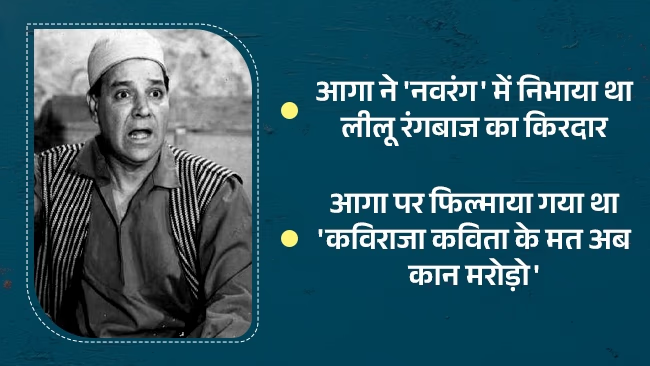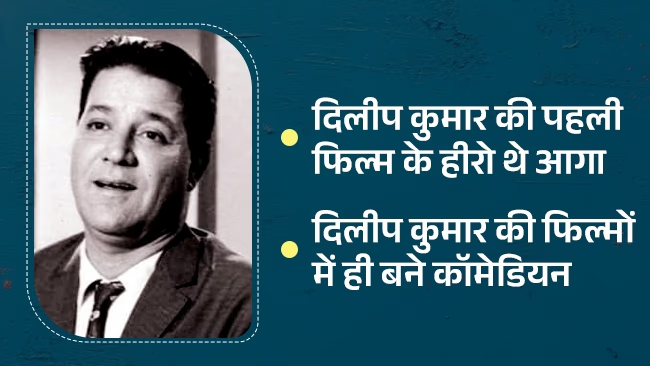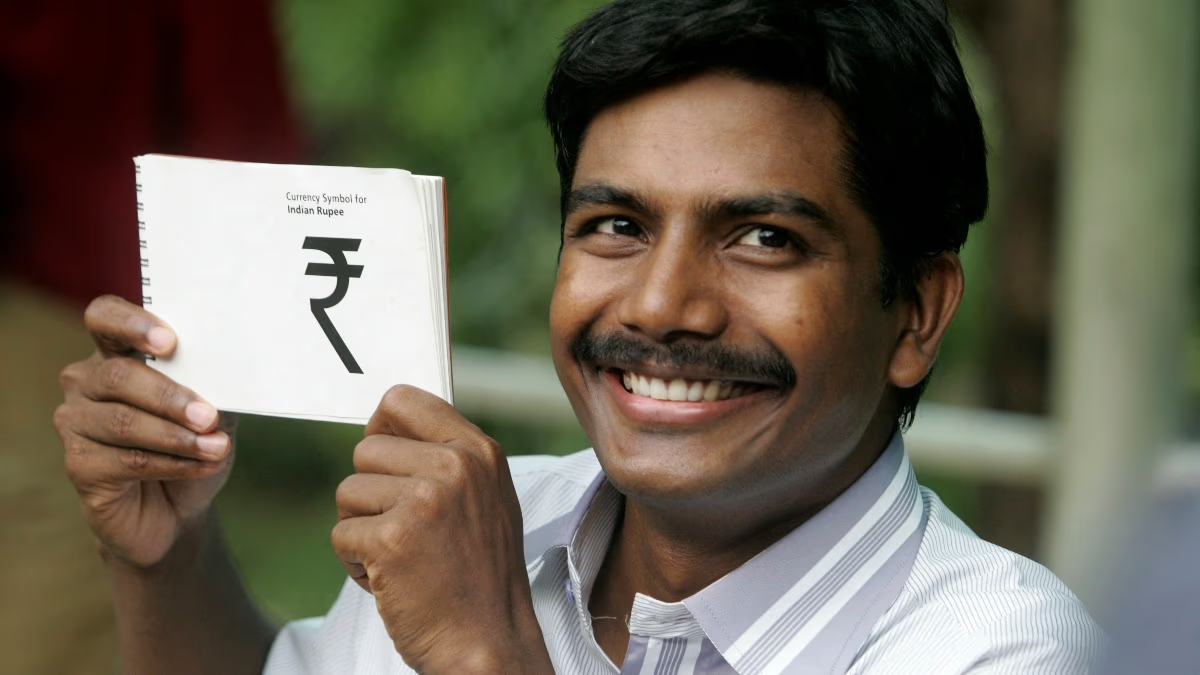In 1959, V. Shantaram's film 'Navrang' carved out an enduring space within the vibrant festival of Holi. Though new songs are released annually, no celebration of Holi can match the charm captured in 'Navrang's' 'Ja Re Hat Natkhat'. Sandhya’s enthralling dance in the song remains etched as a landmark in Indian cinema.
The creative brilliance of director V. Shantaram, composer C. Ramchandra, and lyricist Bharat Vyas can never be overstated. But, have you ever wondered about the hero from 'Navrang', who played a lead in the debut movie of legendary actor Dilip Kumar?
What situation inspired 'Ja Re Hat Natkhat' in 'Navrang'?
The story unfolds around Divakar, a poet fascinated by his imaginary muse, Mohini, whom he envisions with his wife's face. While his family perceives Mohini as real, it creates financial turmoil at home.

Source: aajtak
This narrative is set during the British Raj, with Divakar living under a monarch who plans to celebrate Holi with grandeur. The king dispatches a message to court musician Leelu Rangbaaz, urging a vibrant song to enhance the festivities.
Leelu proposes Divakar to pen a Holi anthem, promising a share of the royal reward, to which Divakar retorts he would sell his poetry when mothers start selling their children. In a satirical twist, Leelu urges Divakar to create financially sensible art, emphasizing the pragmatic balance between creativity and economic necessity.
Leelu's motivational pitch nudges Divakar to agree, though family clashes stymie his creativity. Choosing solitude, Divakar departs home.
On the road, Leelu warns of the king’s wrath if a song isn’t delivered on time. Sitting by a Ganesha statue, Divakar finds inspiration in the divine antics of Lord Krishna, leading to the birth of 'Ja Re Hat Natkhat.' Experience the essence of this song:
The true impetus behind this iconic song is none other than Leelu Rangbaaz, played by the illustrious Agha, a comedian par excellence who effortlessly infused humor into 'Navrang’s' intense storyline through his nuanced performance.

Source: aajtak
Agha: School for Three Days
Born in Pune's Fatima Nagar to an Iranian family, Agha began life in drama. Disenchanted with formal education, he found his calling in theater, transitioning seamlessly to Karachi's vibrant stage.
Drawn to the arts, Agha joined a theater group and later transitioned into films. Despite a rocky start, his determination saw him debut in 'Rangin Gunah' (1935), gradually honing his craft under stalwarts like Mehboob Khan.

Source: aajtak
A Lead Actor in Dilip Kumar's Debut
Agha’s talents were prolific, leading him to star in 'Muqabala' (1942) amidst rising fame. In 'Jwar Bhata' (1944), he shared the screen with a young Dilip Kumar, marking Kumar’s first foray into cinema.
The post-independence era saw cinema evolve with new stars on the horizon. While Dilip Kumar, Dev Anand, and Raj Kapoor defined 'Cinema’s Golden Trio', Agha adapted, embracing comedic roles, eventually starring in over 300 films.
Despite battling cancer in 1986, Agha kept audiences laughing till his passing in 1992. While films like 'Gharana', 'Insaniyat', 'Dulha Dulhan', and 'Padosan' often showcased his comedic genius, it is during Holi that 'Navrang’s' 'Ja Re Hat Natkhat' sequence offers the perfect homage to his legacy.




